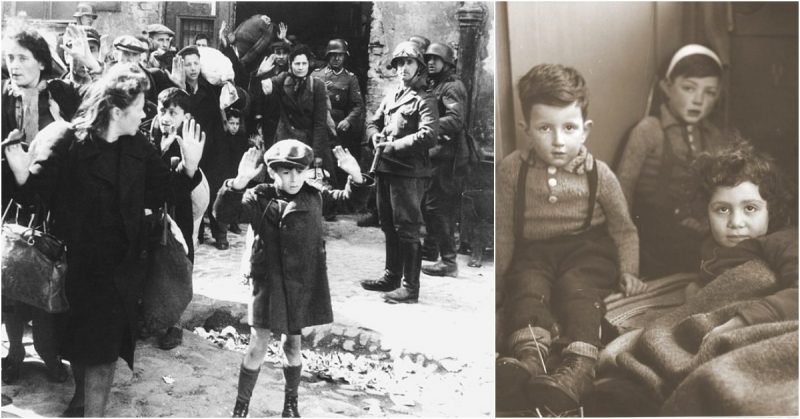During the era of Nazi Germany, Adolf Hitler saw the Jewish people as intruders, undeserving of the livelihood they had in Europe.
They were, to him, a problem, and this led to the reality of The Final Solution. The Holocaust saw the deaths of about 3 million Polish Jews as well as over two-thirds of the European Jewish population. It also displaced several hundreds of thousands of people.
Nobody was left unaffected by a loss. Jews were hunted down, separated, and annihilated.
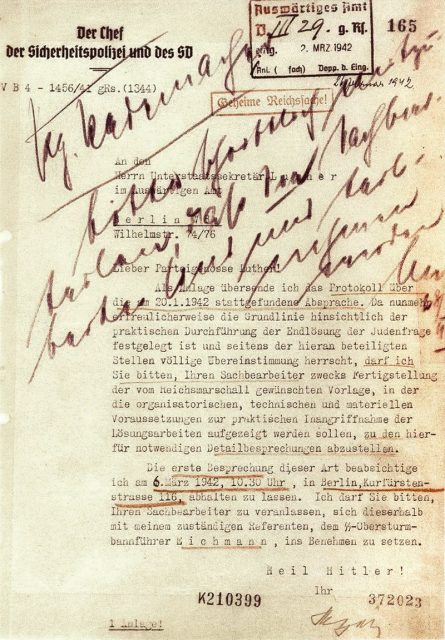
It has been about 78 years since the Holocaust. Perhaps most of the survivors have passed away, finally escaping the haunting memories of death-trains and concentration camps.
However, one of the many things that followed the fall of Nazi Germany in 1945 was a quest for reparations and justice for the victimized.
Actions towards the welfare of the Jewish survivors of the Holocaust officially began with a stroke of the pen on the 10th of September 1952. On that day, representatives of the Federal Republic of Germany reached a consensus with representatives of Israel, and the Reparations Agreement was signed.

The Reparations Agreement stipulated that Germany should compensate Israel for the resettlement of over 500,000 Jews who were “uprooted” and rendered destitute by the atrocities of the Third Reich.
Also, the agreement stated that the Federal Republic of Germany was to pay damages to individual Jews through the Conference of Jewish Material Claims Against Germany, for the losses they suffered.
Interestingly, neither Israel nor the Federal Republic of Germany existed during the time of the Holocaust or even the Second World War.

However, in a quest to make amends for the sins that had been committed, Germany was willing to pay the price. In light of this, the reparation took effect from March 1953.
For over 60 years, survivors of the Holocaust were sought out and compensated with a one-time payment of $3,250. With the fast-changing times and the evolving needs of the aging survivors, the reparations program was made subject to frequent amendments by the governing bodies.

Some of the amendments recorded in the reparations program included the amount of time spent in the ghettos during the Holocaust. Previously, for the survivors of ghettos, only those who had lived there for 18 months were eligible for the compensation. However, in 2011, the time frame was reduced to 12 months.
Also, survivors living in formerly Soviet-controlled regions were allowed to benefit from the program. These modifications increased the number of eligible Jewish people by about 80,000.
Despite its achievements over the years, the reparations program was not without its own obstacles.
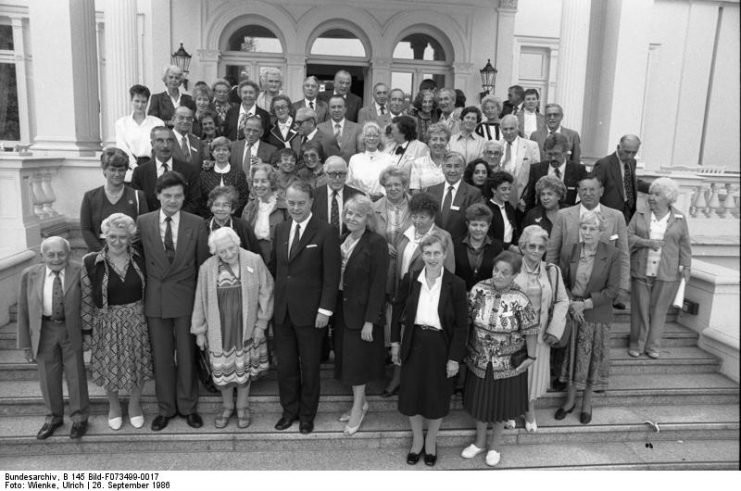
For example, the funding released each time for the program was subject to the constraints of the federal budget.
Furthermore, it was discovered in 2010 that about 11 employees of the Conference of Jewish Material Claims Against Germany, alongside several other individuals, had been involved in fraud and embezzlement of over $42 million.
The culprits had devised a means of generating fake identities and sham stories to successfully cart away finances meant for compensating actual victims of the Holocaust.
Despite measures kept in place to curb the menace, the fraud was reported in 2012 to have risen to $57 million.
Although the reparations program has been largely successful, over 50,000 Holocaust survivors are yet to be compensated in any manner.
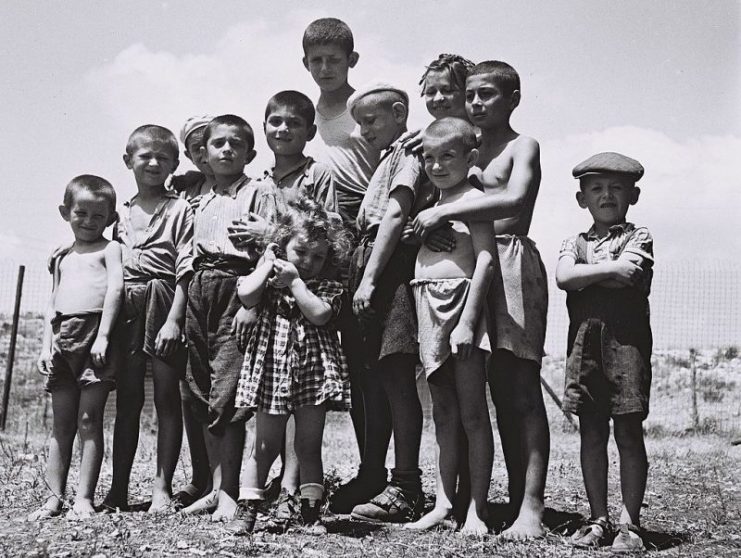
According to the New York Times, the reparations program, irrespective of how much it weighs on Germany’s economy, remains a barely known issue among German citizens.
There are memorials raised in Berlin, in honor of Jewish, gay, and Sinti and Roma victims of Nazi Germany’s crimes. However, very little attention has been paid to this particular effort towards retribution.
Over $89 billion has been spent on the reparations program.
On July 10, 2018, the government of Germany and the Claims Conference released an announcement that social welfare funding for Holocaust survivors had been increased by $88 million.
This announcement means that for 2019, Germany will be paying a total of $560 million to the Claims Conference.
After over 60 years of payment, it would seem that Germany is not yet ready to end the program.
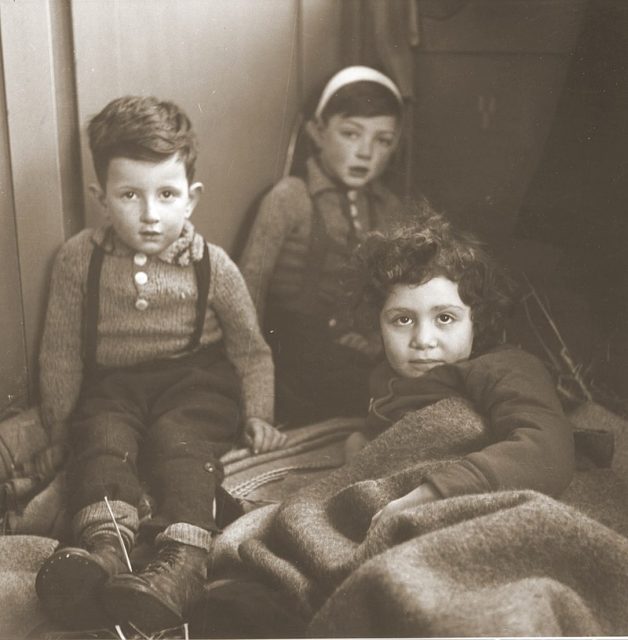
According to Mr. Werner Gatzer in an interview during the 60th anniversary of the reparation program, the government of Germany will only believe to have done enough when there are no more survivors to compensate.
The program is destined to continue as long as there is a Jewish person out there who is living with memories of the Holocaust.
The reparations program is in German terms referred to as the Wiedergutmachung Agreement which translates to “to make good again.”

Read another story from us: Kurt Gerstein – SS Officer who Tried to Stop the Holocaust
However, no amount of compensation will ever make things “good” again for the survivors. No amount of compensation will soothe the pain or ease the losses that came upon the victims.
But it is only fair that Germany takes the responsibility of recognizing those who survived and provide them with as much support as possible.
